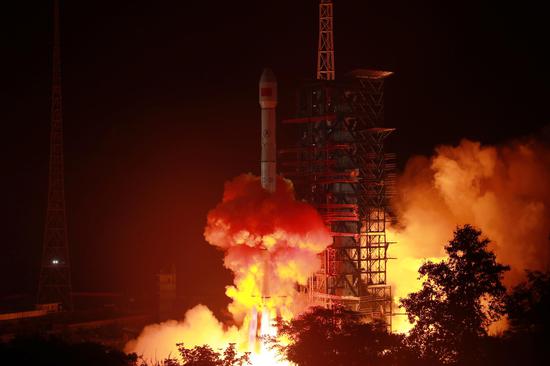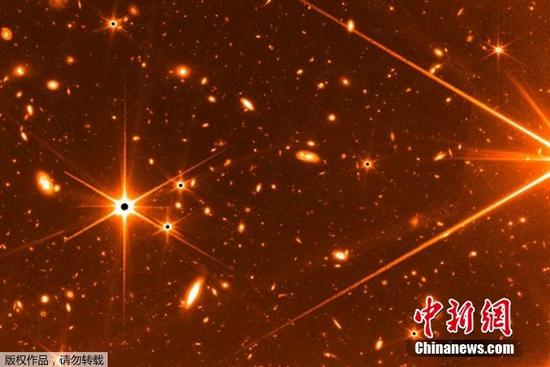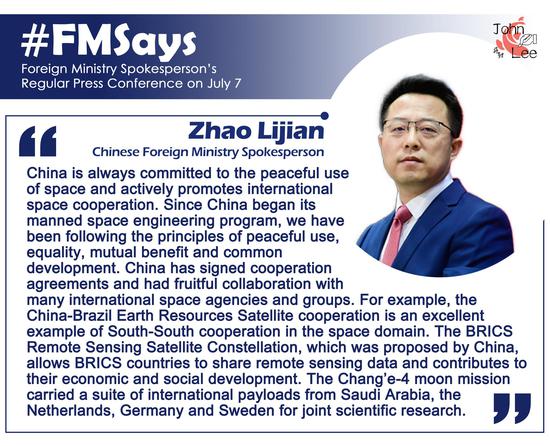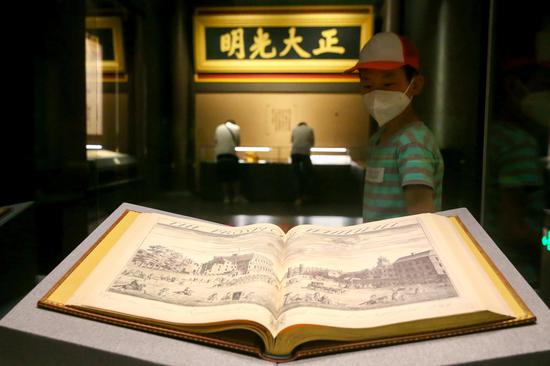(ECNS) -- China has officially completed its second-generation geosynchronous orbit data relay satellite system as a Long March-3B carrier rocket carrying the Tianlian II-03 satellite blasted off from the Xichang Satellite Launch Center in southwest China's Sichuan Province on Wednesday.
The Tianlian II-03 satellite was produced by the China Academy of Space Technology, and is the third satellite of China's second-generation geosynchronous orbit data relay satellite system.
It will provide data relay and TT&C (telemetry, tracking and command) services for manned spacecraft and low and middle orbit resource satellites. It will also support TT&C for spacecraft launch.
After it enters orbit and completes testing, the satellite, together with TianlianII-01 and TianlianII-02 satellites, will provide 24-hour uninterrupted communication for low and middle orbit satellites.
The first live-streamed science class from the country's space station also passed through Tianlian communication systems. Besides, it supports the communication of space calls, module docking, spacewalks and other important tasks.
The successful development of the TianlianII-03 satellite proves Tianlian II satellites can be rapidly deployed, which will support multi-satellite rapid on-orbit networking.
China has successfully developed two generations of geosynchronous orbit data relay satellite systems. The first generation includes five satellites of Tianlian I, while the second generation includes three Tianlian II satellites.
This was the 426th flight mission of the Long March carrier rocket series.


















































 京公网安备 11010202009201号
京公网安备 11010202009201号